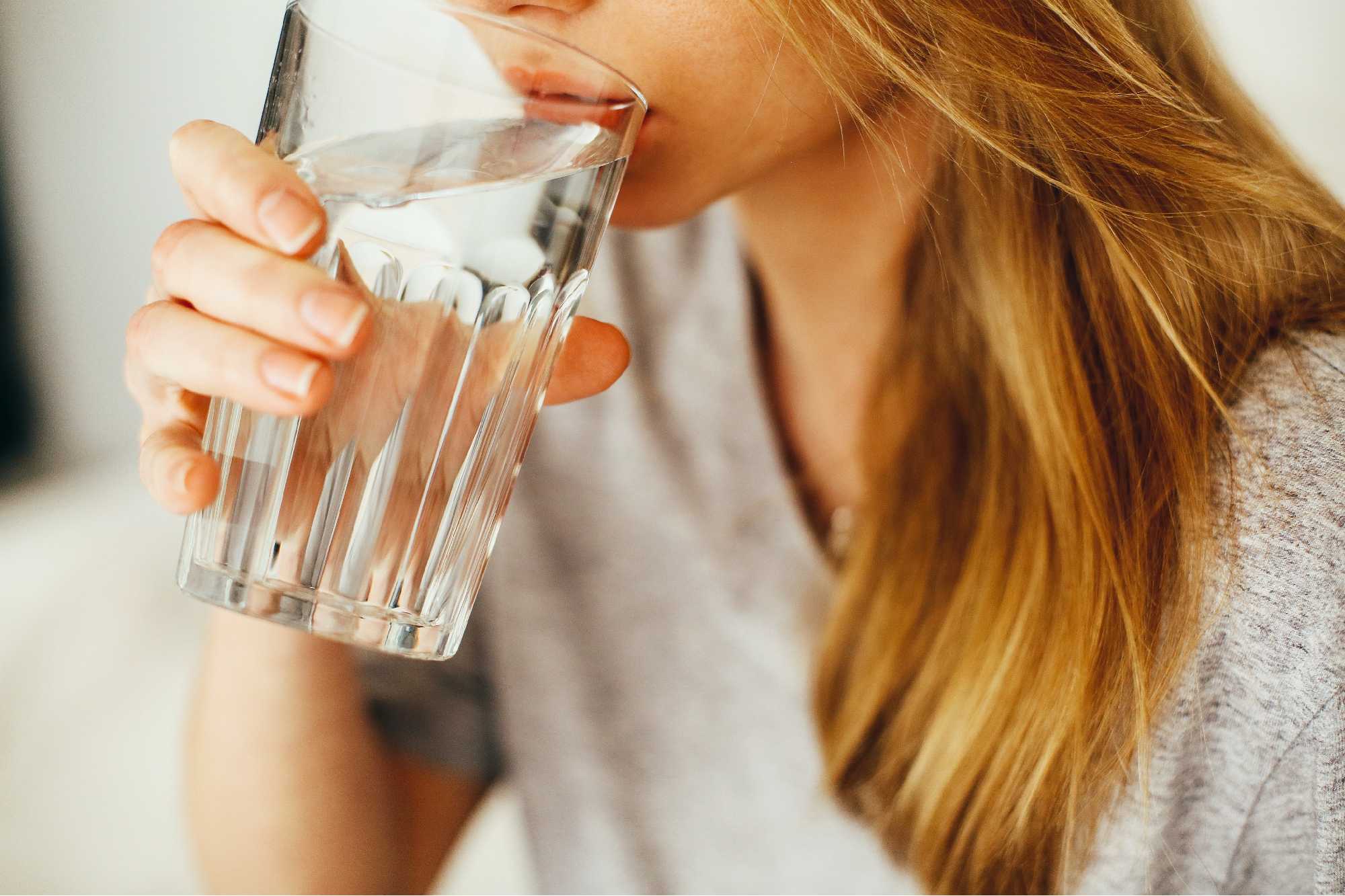How to Test for Water Contamination in Your Home

Most experts recommend that humans drink at least eight 8-ounce glasses of water each day. After all, more than two-thirds of our body weight is made up of water. We need water to live.
But do you know what is in the water you are drinking?
The Best Ways to Test Water Quality in Your Home
There are many different types of contaminants that can be found in your water. One of the best ways to get started with testing the water in your home is to contact a reputable lab in the local area and tell them your concerns. They can recommend a test based on their knowledge of water in the area. Most water utilities will be happy to recommend a local independent lab.
You can also buy a test kit online that will come with a package of strips. These strips will change color in reaction to the presence of various contaminants in the water.
Common Water Contaminants
There are a lot of different things that determine the quality of water. Here are few of the more common contaminants you could have in your water:
- There are bacteria that are not always harmful but that are considered a “nuisance.” They can release iron and sulfur into the water and create a biofilm on well surfaces.
- Disease-causing bacteria are dangerous—and you do not want to have any of these in your water. The two most common are e.coli and coliform.
- Iron in the water might turn it a yellow or orange color. It can also cause stains when washing clothes, and you might be able to taste it in your water.
- Manganese in your water might show up as a black or purple color that also stains your fixtures.
- If your water smells like rotten eggs, this could be because of the presence of hydrogen sulphide. It can occur naturally, or it can be caused by bacteria in the water.
- When you have hard water, this is caused by the level of calcium carbonate in the water. You can treat hard water by adding a water softener to your system.
- Lead in your water can be caused by old pipes and plumbing components. You don’t want this dangerous neurotoxin in your water because it is unsafe to drink.
Most water departments have their own set of standards for acceptable levels of about a hundred different contaminants. You can learn more about national drinking water regulations by visiting the U.S. Environmental Protection Agency website. The EPA lists acceptable contaminants in drinking water and testing guidelines.
Contact the Professionals for Water Contamination in Gunnison
If you have serious concerns about the quality of your water and the presence of contaminants in it, reach out to the professionals at SC Environmental. People with well water, in particular, might need to know if their system is safe. Well water contamination can increase over time if the well was poorly
constructed or not sealed properly. The professionals can check your water and provide suggestions for improving its quality.
Go Back